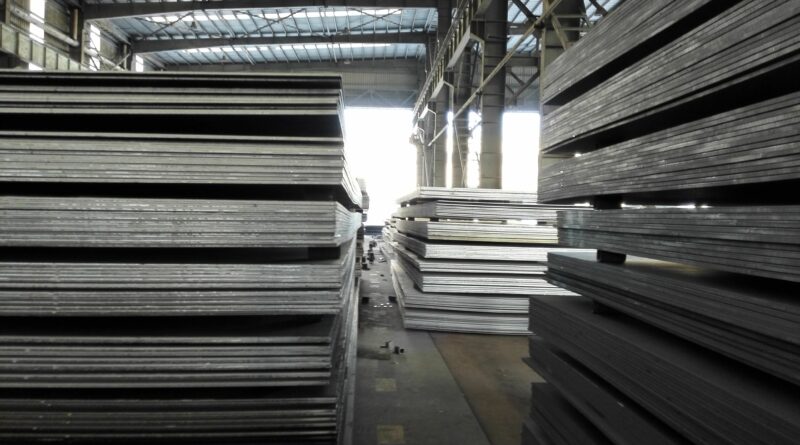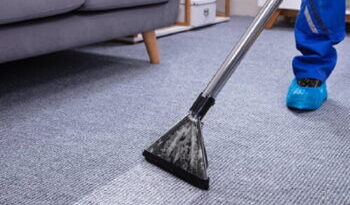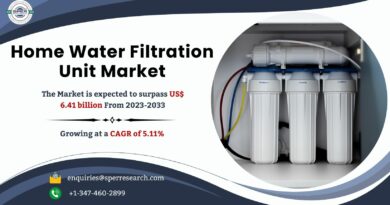Difference Between Hastelloy C276 Sheet and Hastelloy C276 Plate
Hastelloy C276 is a high-performance alloy known for its excellent resistance to corrosion and high durability, making it a popular choice in industries such as chemical processing, power generation, and marine. However, you may encounter two common forms of this material: Hastelloy C276 Sheet and Hastelloy C276 Plate. While both are made from the same alloy, they have different characteristics that make them suitable for different applications. In this blog, we will discuss the differences between Hastelloy C276 Sheet and Hastelloy C276 Plate, helping you understand which is the right choice for your needs.
What is Hastelloy C276 Sheet
Hastelloy C276 Sheet is a thin, flat piece of material that is typically less than 6 mm in thickness. It is used in applications where a lightweight and flexible material is required. Sheets are commonly used in industries that require custom fabrication, like creating components for machinery or equipment that operate in harsh environments. The thinness of the sheet allows it to be easily shaped and formed into complex designs.
What is Hastelloy C276 Plate?
Hastelloy C276 Plate is a thicker, more rigid form of the same alloy. Plates typically have a thickness of more than 6 mm and are used for applications where strength, support, and durability are critical. Due to their thickness, plates are ideal for heavy-duty applications, such as creating large structural components or parts that need to withstand heavy loads, extreme temperatures, and corrosive environments.
Key Differences Between Hastelloy C276 Sheet and Hastelloy C276 Plate
-
Thickness
The primary difference between Hastelloy C276 Sheet and Hastelloy C276 Plate is their thickness. Sheets are thin, typically less than 6 mm, while plates are thicker, generally over 6 mm. The thickness of the material affects its strength, durability, and ability to withstand stress. -
Flexibility
Hastelloy C276 Sheets are more flexible and easier to work with due to their thinness. This makes them suitable for applications that require custom shapes and designs. Plates, on the other hand, are more rigid and strong, making them better suited for structural applications where flexibility is not a priority. -
Applications
Hastelloy C276 Sheets are often used in applications where the material needs to be shaped or fabricated into specific forms. They are ideal for manufacturing small parts, components, or equipment that require precision. Hastelloy C276 Plates, being thicker, are used in more heavy-duty applications, such as creating large parts, structural supports, and components for industrial machinery. -
Machining and Fabrication
Due to their thinner and more flexible nature, Hastelloy C276 Sheets are easier to machine and fabricate into various shapes. Plates, while still machinable, may require more specialized equipment due to their thickness, which can make the fabrication process a bit more complex. -
Weight
The weight difference between Hastelloy C276 Sheet and Hastelloy C276 Plate is significant. Because plates are thicker, they are much heavier than sheets, which can impact the handling, transportation, and installation process. Depending on your application, the weight of the material might be an important consideration. -
Cost
Generally, Hastelloy C276 Plates are more expensive than sheets due to their increased thickness and strength. Plates also require more raw material to manufacture, which contributes to their higher cost. However, when considering the overall cost, it’s important to factor in the durability and long-lasting performance of both options. -
Strength and Durability
Hastelloy C276 Plates are stronger and more durable than sheets due to their increased thickness. This makes them better suited for applications where strength and load-bearing capacity are critical, such as large-scale industrial operations. Sheets, while still highly durable, are often used in less demanding environments or for applications that require more precise and intricate fabrication.
Which One Should You Choose?
-
Choose Hastelloy C276 Sheet if:
- You need a thin material that can be easily shaped or fabricated.
- Your application involves small components or intricate designs.
- Flexibility and ease of machining are important factors for your project.
-
Choose Hastelloy C276 Plate if:
- You require a strong, durable material for heavy-duty applications.
- Your project involves large structural components or parts that need to withstand significant stress or extreme environments.
- Thickness and strength are critical factors in your decision-making.
Conclusion
Both Hastelloy C276 Sheet and Hastelloy C276 Plate offer the same exceptional corrosion resistance and high-performance properties, but their differences in thickness, flexibility, and strength make them suited for different types of applications. Understanding these differences will help you select the right material for your project, ensuring that you get the best performance and value.




